La generación 0.5: lo que los niños saben sobre la migración internacional
DOI:
https://doi.org/10.17428/rmi.v9i34.334Palabras clave:
migración México/Estados Unidos, niños migrantes, deportación, afiliaciones nacionales, migración de retornoResumen
El artículo presenta el análisis de 179 entrevistas a niños y niñas migrantes que vivieron en Estados Unidos y se encontraban en México habiendo seguido distintos itinerarios. El análisis busca responder a la pregunta: ¿qué saben los niños migrantes sobre la migración internacional? Por el hecho de que los niños llevaron a cabo una parte de su educación en Estados Unidos, nos referiremos a ellos como la generación 0.5. Tomando en consideración esta precisión, la pregunta a la que se consagra el análisis se formula de la siguiente manera: ¿cuáles son los contenidos del saber cotidiano de los niños miembros de la generación 0.5 sobre la migración internacional?
Referencias
Batalova, J. (2008). Mexican Immigrants in the United States. Washington, D. C.: Migration Policy Institute.
Batalova, J. & Fix, M. (2010). Children of Immigrants in US Schools: A Portrait. Washington, D. C.: Migration Policy Institute Center/ National Center on Immigrant Integration Policy.
Boehm, D. A., Hess, J. M., Coe, C., Rae-Espinoza, H., & Reynolds, R. R. (2011). Introduction: Children, Youth, and the Everyday Ruptures of Migration. In C. Coe, R. R. Reynolds, D. A. Boehm, J. M. Hess, & H. Rae-Espinoza. (Eds.), Everyday Ruptures: Children, Youth and Migration in Global Perspective (pp. 1-19). Nashville, TN: Vanderbilt University Press.
Bunnell, T., Yea, S. Peake, L., Skelton, T., & Smith, M. (2012). Geographies of friendships. Progress in Human Geography, 36(4), 490-507.
Coe, C. (2011). How Children Feel about Their Parents’ Migration: A History of the Reciprocity of Care in Ghana. In C. Coe, R. R. Reynolds, D. A. Boehm, J. M. Hess, & H. Rae-Espinoza. (Eds.), Everyday Ruptures: Children, Youth and Migration in Global Perspective (pp. 97-114). Nashville, TN: Vanderbilt University Press.
Coe, C. Reynolds, R. R., Boehm, D. A. Hess, J. M., & Rae-Espinoza, H. (Eds.). (2011). Everyday Ruptures: Children, Youth and Migration in Global Perspective. Nashville, TN: Vanderbilt University Press.
Dobson, M. E. (2009). Unpacking Children in Migration Research. Children’s Geographies, 7(3), 355-360.
Dreby, J. (2010). Divided by Borders: Mexican Migrants and their Children. Berkeley: University of California Press.
Durand, J., Massey, D. S., & Zenteno, R. M. (2001). Mexican immigration to the United States: Continuities and changes. Latin American Research Review, 36(1), 107-127.
Ensor, M. O., & Gozdziak, E. M. (2010). (Eds.). Children and Migration: At the Crossroads of Resiliency and Vulnerability. New York: Palgrave Macmillan.
Escobar Latapí, A., Lowell, L., & Martin, S. (Eds.) (2013). Binational Dialogue on Mexican Migrants in the U.S. and Mexico: Final report. Washington, D.C.: CIESAS, Georgetown University.
Farley, R. & Alba, R. (2002). The new second generation in the United States. International Migration Review, 36(3), 669-701.
Fass, P. S. (2007). Children of a New World, Society, Culture, and Globalization. New York: New York University Press.
Giorguli, S. E. & Gutiérrez, E. Y. (2011). Niños y jóvenes en el contexto de la migración internacional entre México y Estados Unidos. Coyuntura Demográfica. Revista sobre los procesos demográficos en México hoy, 1, 21-25.
Gonzales, R. G. (2011). Learning to be Illegal: Undocumented Youth and Shifting Legal Contexts in the Transition to Adulthood. American Sociological Review, 76(4), 602-619.
Hamann, E. T. (2001). Theorizing the Sojourner Student (With a Sketch of Appropriate School Responsiveness). In M. Hopkins, and N. Wellmeier. (Eds.), Negotiating Transnationalism: Selected Papers on Refugees and Immigrants (Vol. 9, pp. 32-71). Arlington, TX: American Anthropological Association
Hamann, E. T., & Zúñiga, V. (2011). Schooling and the Everyday Ruptures Transnational Children Encounter in the United States and Mexico. In C. Coe, R. R. Reynolds, D. A. Boehm, J. M. Hess, & H. Rae-Espinoza. (Eds.), Everyday Ruptures: Children, Youth and Migration in Global Perspective (pp. 141-160). Nashville, TN: Vanderbilt University Press.
Heller, A. (1977). Sociología de la vida cotidiana. Barcelona, Spain: Ediciones Península.
Hernández-León, R. & Zúñiga, V. (2003). Mexican Immigrant Communities in the South and Social Capital. Southern Rural Sociology, 19(1), 20-45.
Kasinitz, P., Mollenkopf, J. H., Waters, M. C., & Holdaway, J. (2008). Inheriting the City: The Children of Immigrants Come of Age. New York: Russell Sage Foundation.
Mancillas Bazán, C. (2010). Migración de menores mexicanos a Estados Unidos. In P. Leite and S. E. Giorguli. (Eds.), El estado de la migración. Las políticas públicas ante los retos de la migración mexicana a Estados Unidos (pp. 211 246). Mexico City: Conapo.
Ní Laoire, C., White, A., Tyrrel, N., & Carpena-Méndez, F. (2012). Children and Young People on the Move: Geographies of Child and Youth Migration. Geography, 97(3), 129-134.
Inter-American Commission on Human Rights. (2013). El derecho del niño y la niña a la familia. Cuidado alternativo. Poniendo fin a la institucionalización en las Américas. Organization of American States/Inter-American Commission on Human Rights/Unicef. Retrieved from http://www.oas.org/es/cidh/infancia/docs/pdf/informe-derecho-nino-a-familia.pdf
Orellana, M. F., Thorne, B., Chee, A., & Eva Lam, W. S. (2001). Transnational Childhoods: The Participation of Children in Processes of Family Migration. Social Problems 48(4), 572-591.
Panait, C. (2011). Cuentos de mis escuelitas: La princesa y el hombre de hojalata. Transiciones, rupturas e identidades lingüísticas en alumnos con escolaridad circular (Master’s thesis). Monterrey, Mexico: Universidad de Monterrey.
Parreñas Salazar, R. (2005). Children of Global Migration: Transnational Families and Gendered Woes. Stanford, CA: Stanford University Press.
Portes, A. (1996). The New Second Generation. New York: Russell Sage Foundation.
Portes, A. & Rumbaut, R. G. (2001). Legacies: The Story of the Immigrant Second Generation. Berkeley: University of California Press.
Quiroz, P. A. (2001). The Silencing of Latino Student “Voice”: Puerto Rican and Mexican Narratives in Eighth Grade and High School. Anthropology & Education Quarterly, 32(3), 326-349.
Reese, L. (2002). Parental Strategies in Contrasting Cultural Settings: Families in México and “El Norte.” Anthropology & Education Quarterly, 33(1), 30-59.
Rendall, M. S. & Torr, B. M. (2008). Emigration and Schooling among Second-Generation Mexican-American Children. International Migration Review, 42(3), 729 738.
Rumbaut, R. G. (2004). The Crucible within: Ethnic Identity, Self-Esteem, and Segmented Assimilation Among Children of Immigrants. International Migration Review, 28(4), 748-794.
Rumbaut, R. G. & Portes, A. (Eds.) (2001). Ethnicities: Children of Immigrants in America. Berkeley: University of California Press.
Shepler, S. (2011). Transnational Fosterage: The Novel Care Arrangements between Guinean Caregivers and Ivorian and Liberian Children Fleeing War. In C. Coe, R. R. Reynolds, D. A. Boehm, J. M. Hess, & H. Rae-Espinoza. (Eds.), Everyday Ruptures: Children, Youth and Migration in Global Perspective (pp. 63-78), Nashville, TN: Vanderbilt University Press.
Smith, M. P. (1994). Can You Imagine? Transnational Migration and the Globalization of Grassroots Politics. Social Text, 39, 15-33.
Suárez-Orozco, C. & Suárez-Orozco, M. (2002). Children of Immigration. Cambridge, MA: Harvard University Press.
Valdés, G. (2003). Expanding Definitions of Giftedness: The Case of Young Interpreters from Immigrant Communities. Mahwah, NJ: Laurence Erlbaum Associates Publishers.
Vandeyar, S. & Vandeyar, T. (2011). The Constitution, Negotiation, and Representation of Immigrant Student Identities in South African Schools. In S. Vandeyar. (Ed.), Hyphenated Selves: Immigrant Identities within Education Contexts (pp. 9-30). Amsterdam: Rozenberg Publishers.
Villaseñor, B. & Moreno, J. (Eds.) (2006). La esperanza truncada. Menores deportados por la garita Mexicali-Caléxico. Mexico City: Albergue del Desierto, Sedesol, Sedesoe.
Willis, K. & Yeoh, B. S. A. (2000). Gender and transnational household strategies: Singaporean Migration to China. Regional Studies, 34(3), 253-264.
Zúñiga, V. (2015). Niños y adolescentes separados de sus familias por la migración internacional: el caso de cuatro estados de México. Estudios Sociológicos, 33(97), 145-168.
Zúñiga, V. & Hamann, E. T. (2015). Going to a home you have never been to: the return migration of Mexican and American-Mexican children. Children’s Geographies, 13(6), 643-655.
Descargas
Publicado
Número
Sección
Licencia
Las/los autoras/es que publiquen en esta revista aceptan las siguientes condiciones:
- Las/los autoras/es conservan los derechos de autor y ceden a la revista Migraciones Internacionales (RMI) el derecho de la primera publicación, mediante el registro de los textos con la licencia de Creative Commons Atribución-No comercial-Sin derivar 4.0 internacional (CC BY-NC-ND 4.0), que permite a terceros utilizar lo publicado siempre que mencionen la autoría del trabajo y a la primera publicación en esta revista.
- Autorizan que su artículo y todos los materiales incluidos en él sean reproducidos, publicados, traducidos, comunicados y transmitidos públicamente en cualquier forma o medio; así como efectuar su distribución al público en el número de ejemplares que se requieran y su comunicación pública, en cada una de sus modalidades, incluida su puesta a disposición del público a través de medios electrónicos o de cualquier otra tecnología, para fines exclusivamente científicos, culturales, de difusión y sin fines comerciales.
- Los autores/as pueden realizar otros acuerdos contractuales independientes y adicionales para la distribución no exclusiva de la versión del artículo publicado en esta revista (por ejemplo: incluirlo en un repositorio institucional, página web personal; o bien publicarlo en un libro) siempre que sea sin fines comerciales e indiquen claramente que el trabajo se publicó por primera vez en Migraciones Internacionales (RMI), [agregando la ficha bibliográfica correspondiente: Autor/es. (año). Título del artículo. Migraciones Internacionales, volumen (número), pp. doi: xxxx ].
Para ello, las/los autoras/es deben remitir el formato de carta-cesión de la propiedad de los derechos de la primera publicación debidamente llenado y firmado. Este documento debe cargarse en formato PDF en archivos complementarios dentro de la plataforma OJS.
Este obra está bajo una licencia de Creative Commons Atribución-No comercial-Sin derivar 4.0 internacional (CC BY-NC-ND 4.0)..



 Idioma
Idioma










